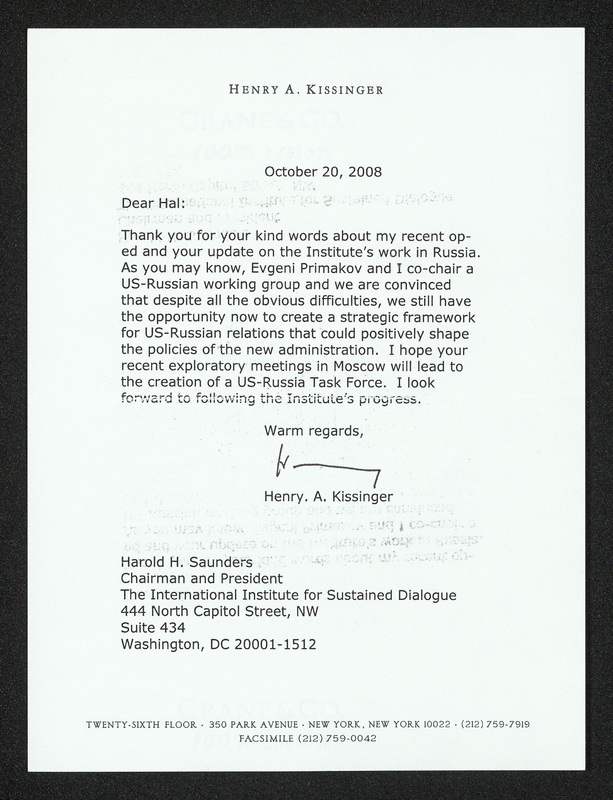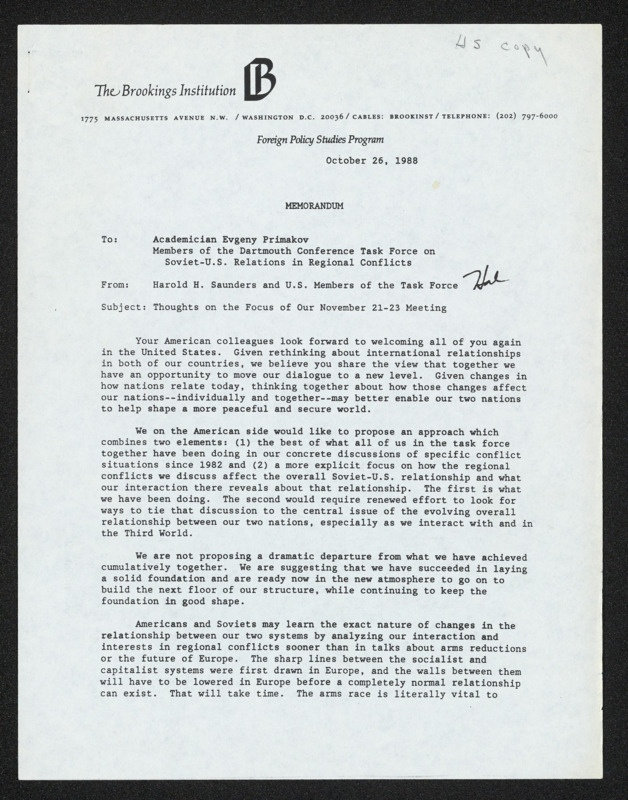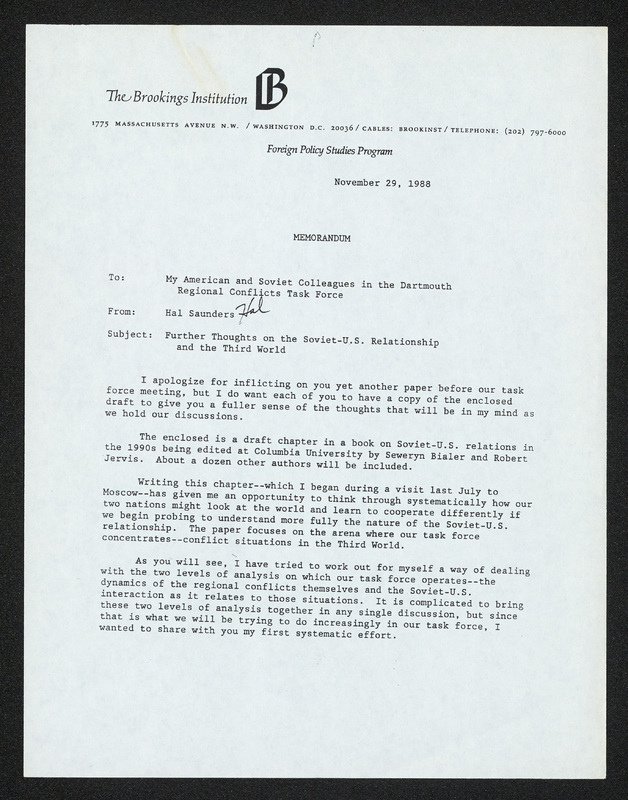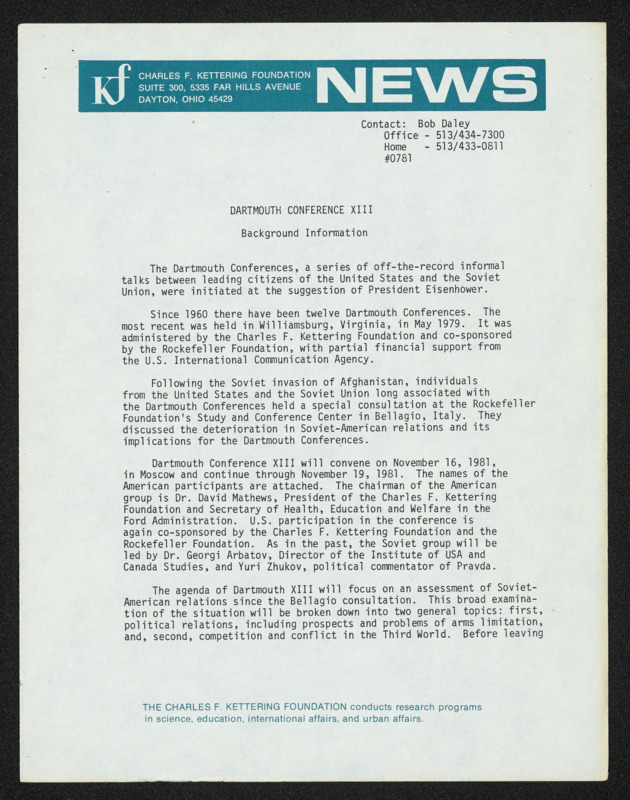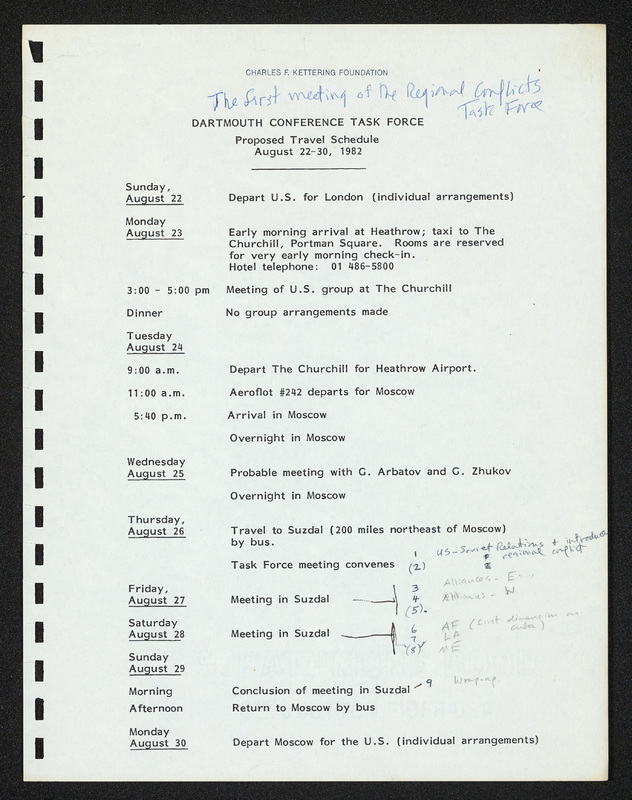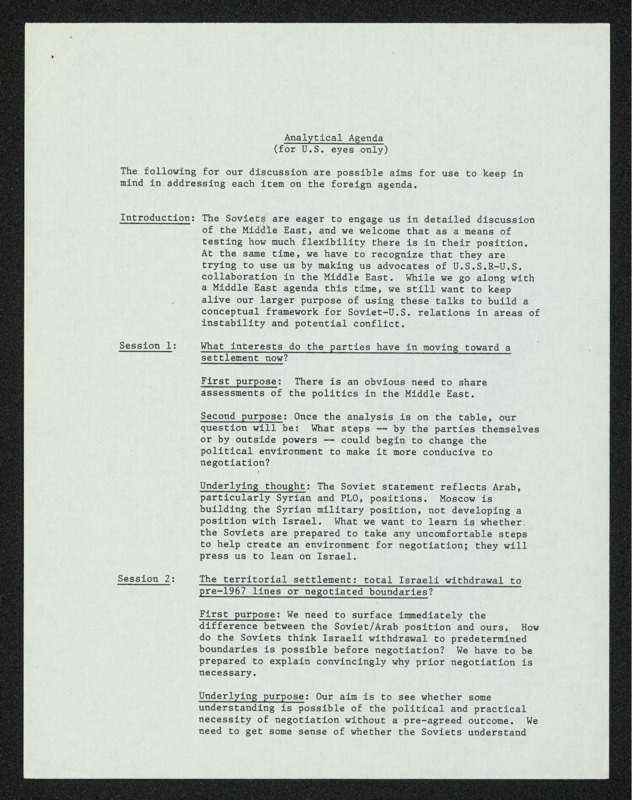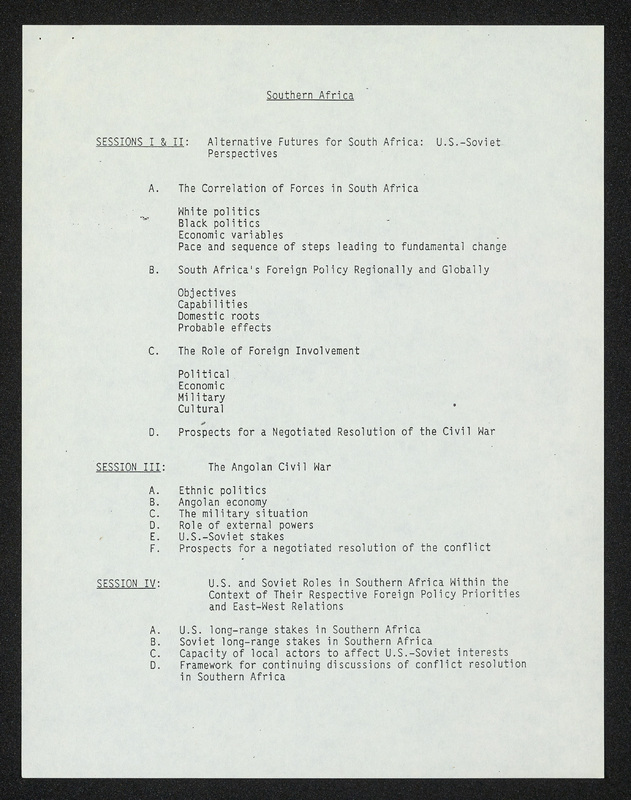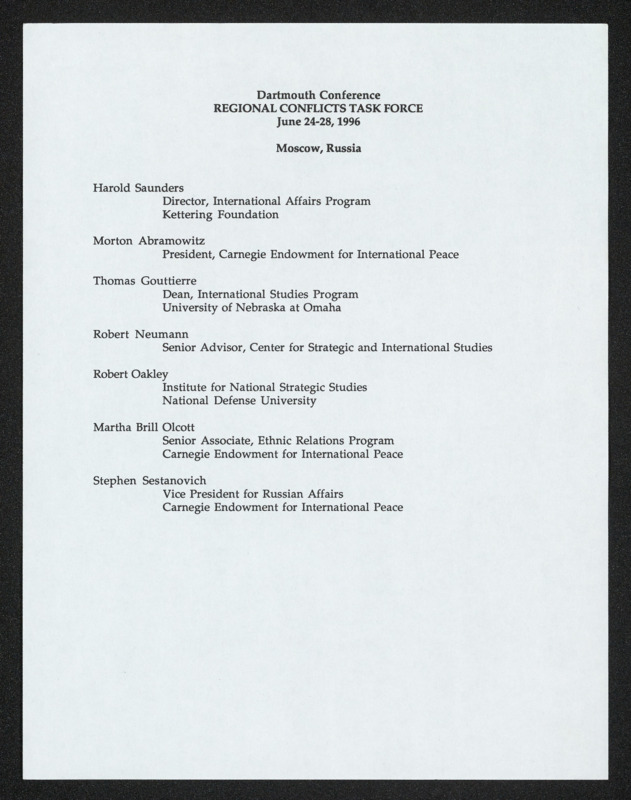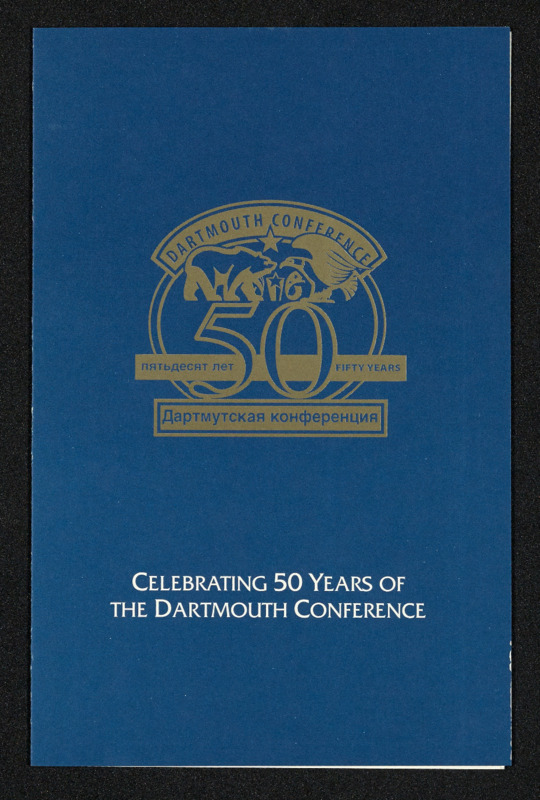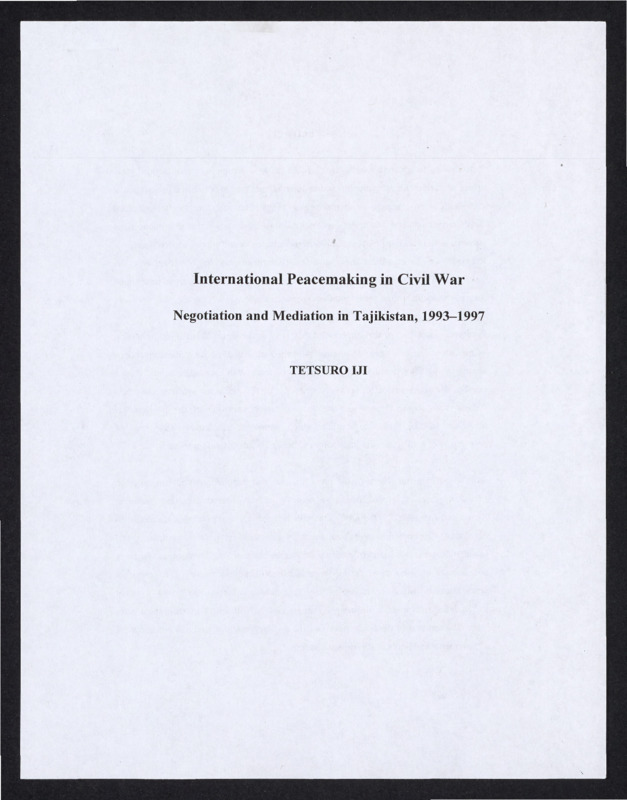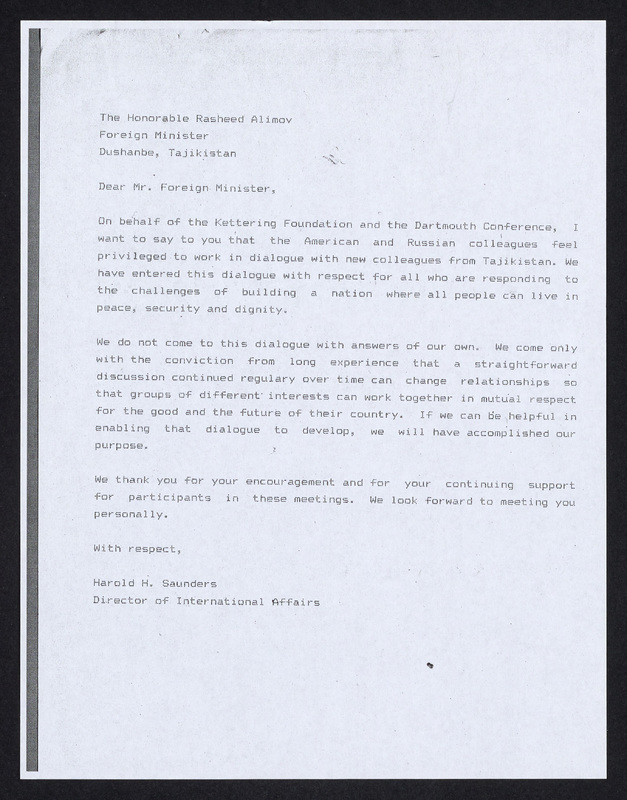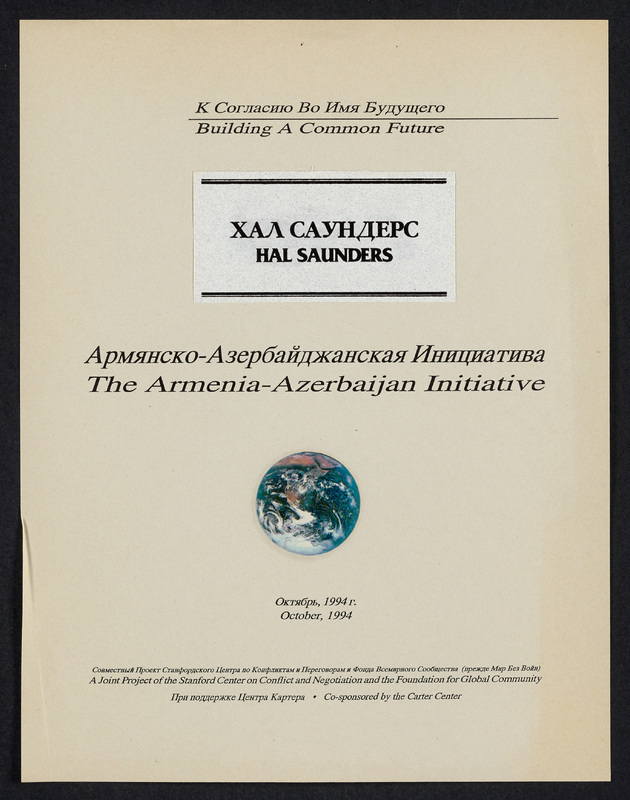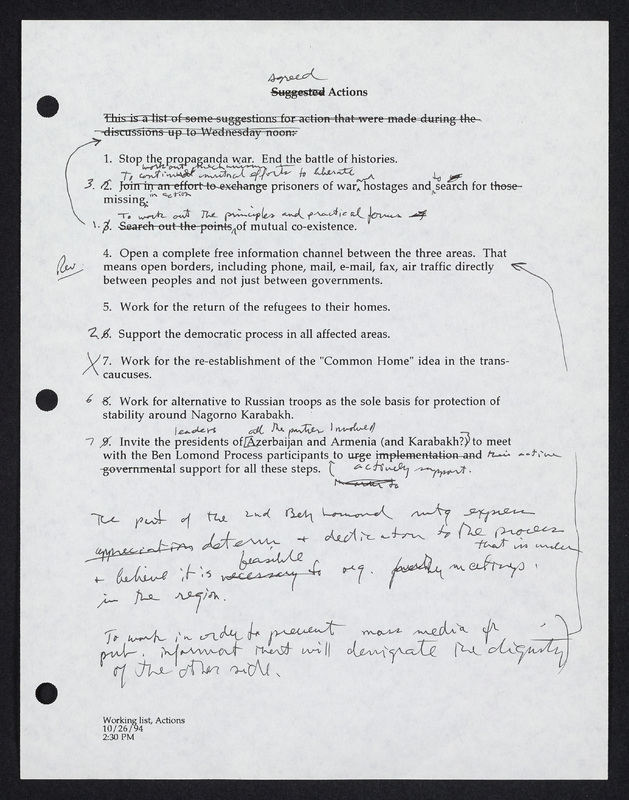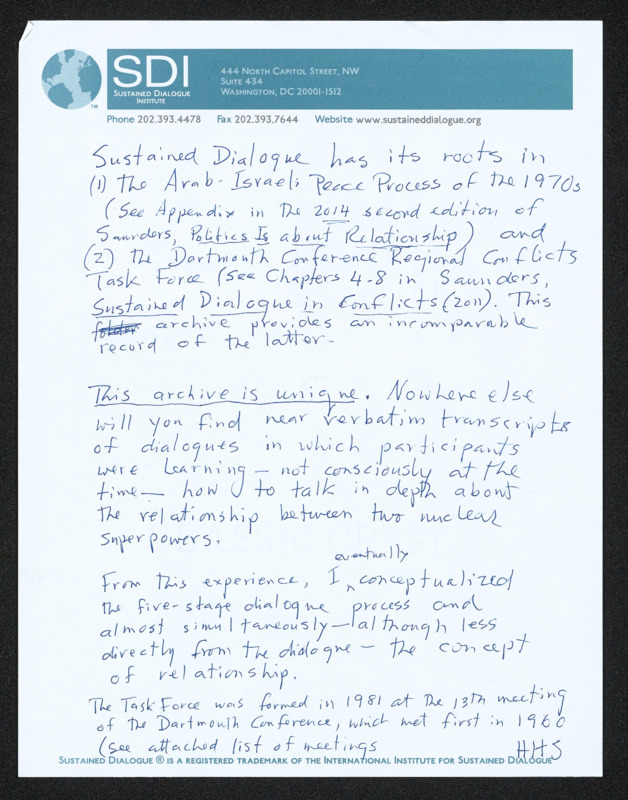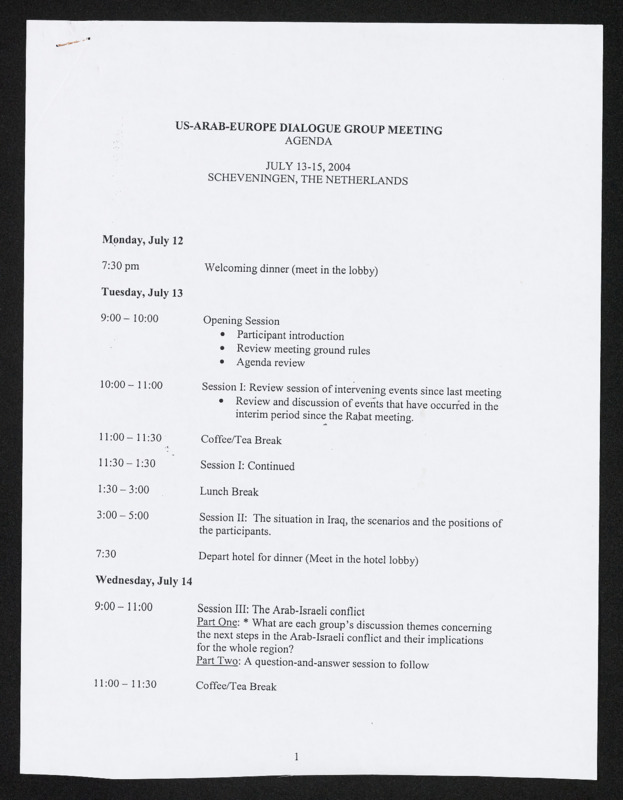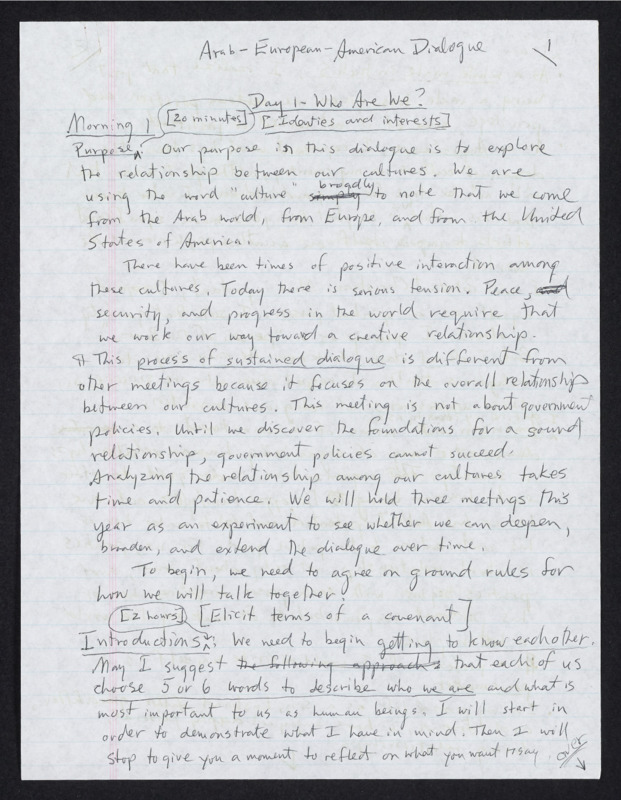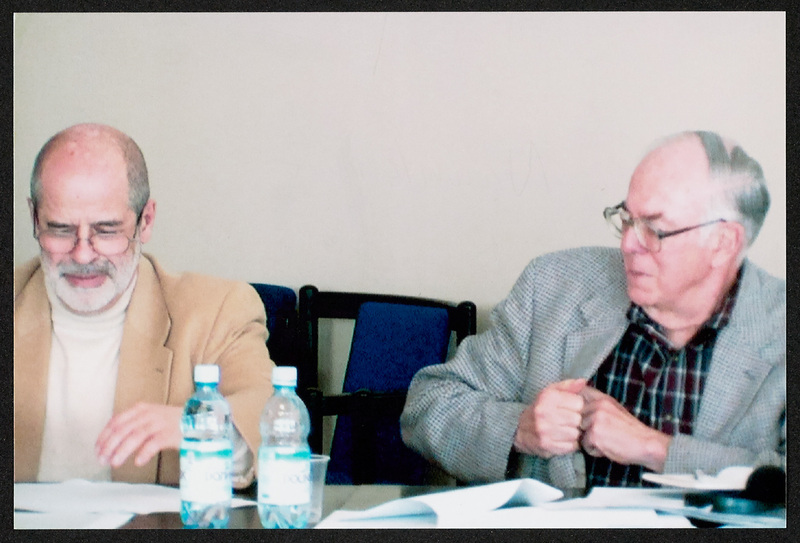Post-Government Career
Saunders left government service in 1981, but his career remained focused on diplomacy and establishing peace in various areas of conflict. Initially, he became a fellow at the American Enterprise Institute for Public Policy Research and the Brookings Institution, organizations which he had previously worked closely with while Director of the Bureau for Intelligence and Research. Much of this time was spent focusing on research and generating a model for international negotiations.
Saunders then became the Director of International Affairs at the Kettering Foundation, a nonprofit devoted to researching the foundations of democracy and applying them to areas of global conflict. The Kettering Foundation was firmly involved in the Dartmouth Conference, the longest continuous diplomatic dialogue between the Soviet Union (now Russia) and the United States. The first session was held in 1960 at Dartmouth College, but the Kettering Foundation organized the continuation of these sessions beginning in 1972. When Saunders began his work there in 1991, the Foundation was beginning to shift focus to issues stemming from the dissolution of the Soviet Union that same year. There were almost 50 meetings in a 12-year period as other regional conflicts emerged. Saunders thus became involved in continuing negotiations in a variety of nations.
For instance, in 1991, Tajikistan declared itself a sovereign nation while the U.S.S.R. was falling apart, which incited a civil war that lasted several years. Saunders participated in the Inter-Tajik Dialogue to address the war and resolve the internal conflicts plaguing the country.
As ethnic and territorial conflict arose between Armenia and Azerbaijan over the region known as Nagorno-Karabakh, Saunders utilized his skills to institute a dialogue between the parties, which led to a ceasefire in 1994.
Saunders’ strategy in all of this work was a peace process which became known as “sustained dialogue.” Sustained dialogue is a process for transforming conflicted relationships and implementing long-term change in a variety of settings. This approach was the framework for diplomacy between Russia and the U.S., as well as in the above conflicts. So influential was Saunders’ sustained dialogue model that in 2002, he founded the International Institute for Sustained Dialogue (now known as the Sustained Dialogue Institute). The Institute works to bring together parties which would otherwise not be brought to the same table due to war or other conflict. Two examples of its use is in resolving challenges related to economic development, race relations, and violence in South Africa and Zimbabwe, as well as the inception of the Arab-American European Dialogue, following the events of September 11, 2001.
In addition to his formal work, Harold Saunders authored several books:
- The Other Walls: The Arab-Israeli Peace Process in a Global Perspective (Princeton: Princeton University Press, 1991).
- A Public Peace Process: Sustained Dialogue to Transform Racial and Ethnic Conflicts (New York: St. Martin’s Press, 1999)
- Politics is About Relationship: A Blueprint for the Citizens’ Century (New York: Palgrave Macmillan, 2005)
- Sustained Dialogue in Conflicts: Transformation and Change (New York: Palgrave Macmillan, 2011).
Saunders was also a trustee of Princeton University and the recipient of many awards, including the Walter and Leonore Annenberg Award for Excellence in Diplomacy and a Lifetime Achievement Award from the Search for Common Ground.

